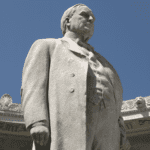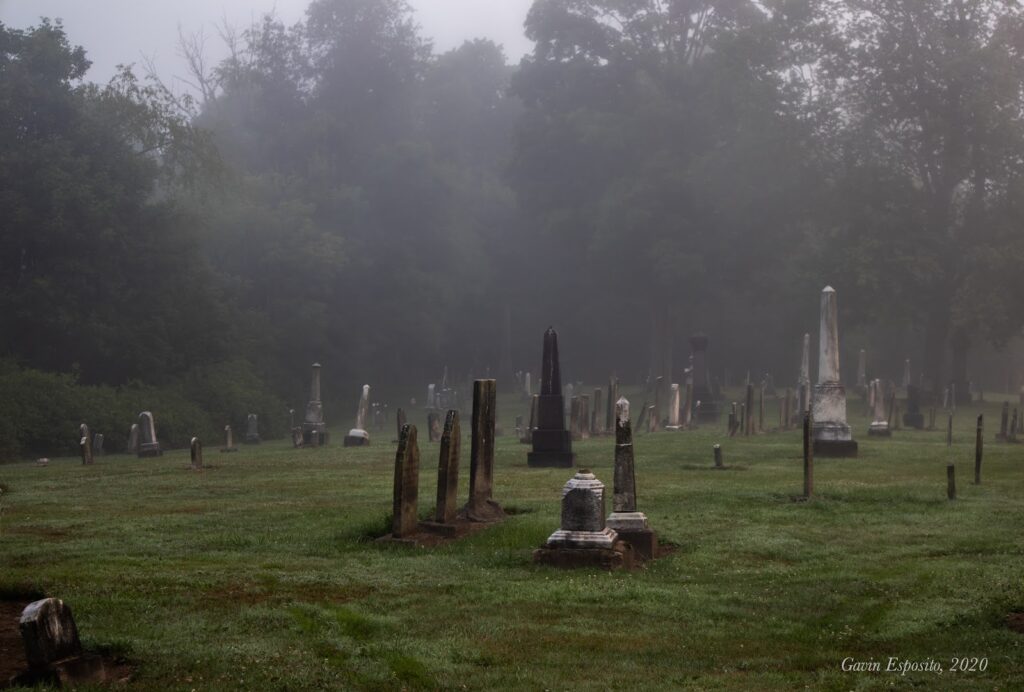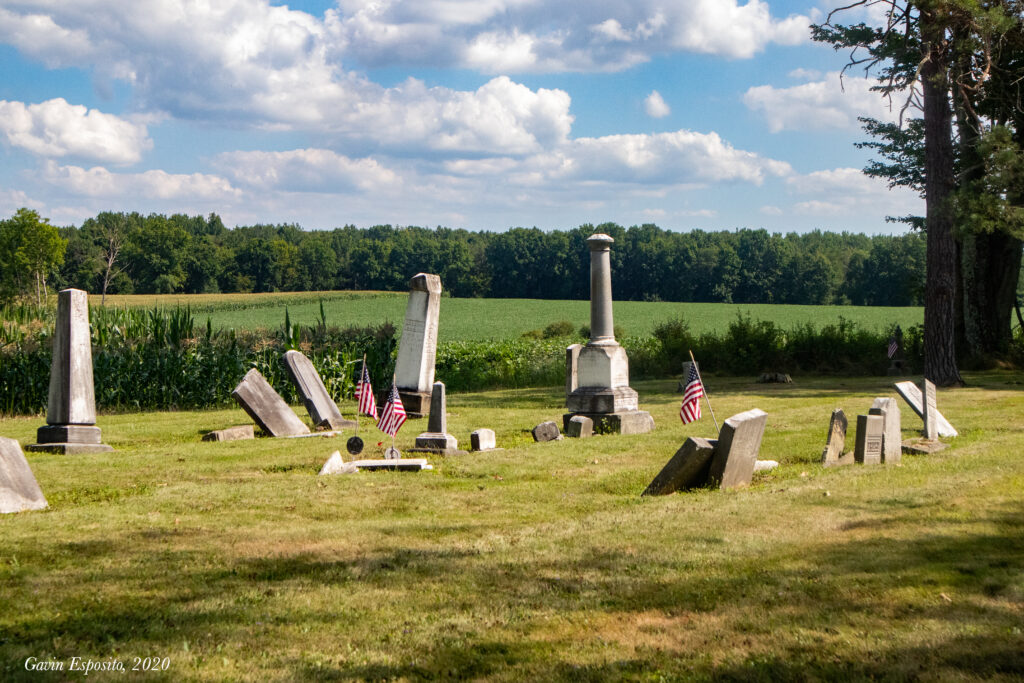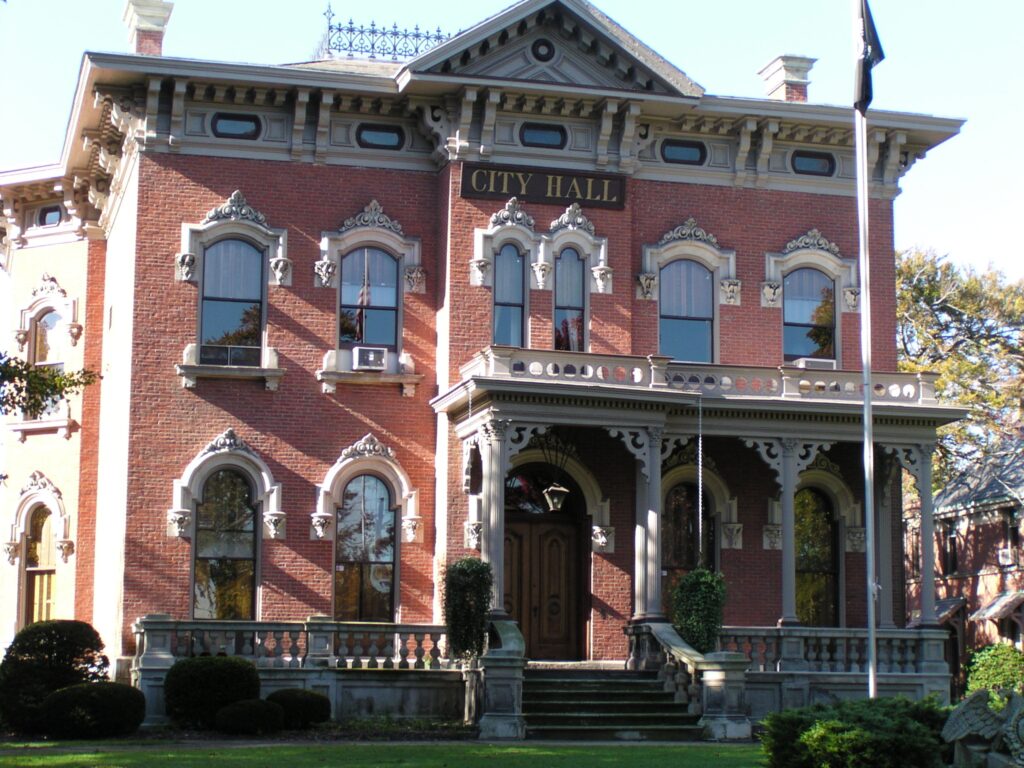Learn about the stories related to the Underground Railroad including stories about the people traveling and running this covert network and the places that were supportive of the abolitionist efforts.
What is the Underground Railroad?
The Underground Railroad was a secret network of people both black and white that provided fugitive slaves also called freedom seekers with shelter and aid while they made their way north towards freedom. This was not an actual railroad and it did not run underground, but through homes, barns, churches, and businesses. These were called “stations,” or “safe houses,”. And people operating them were called “stationmasters.” The people who guided these freedom seekers were known as “conductors”.
What is Trumbull County’s significance to the movement?
As early as 1823 – Over 40 years before the Civil War, local citizens were helping freedom seekers escape further north. Most of those taking routes through Trumbull County were heading to Canada using Ashtabula Harbor as the gateway on Lake Erie. By 1837, Trumbull County had 30 anti-slavery societies. According to historians, the County had about 150 miles of escape routes — more than any other county in Ohio. These routes were purposefully indirect to confuse the slave catchers.

The Sutliff Museum
Located on the second floor of the Warren Trumbull County Public Library, is the Sutliff Museum, a memorial to Levi & Phebe Sutliff. They were noted as station masters on the Underground Railroad.
Levi Sutliff was one of the founding members of the National Anti-Slavery Society in Philadelphia and help create the Trumbull County Anti-Slavery Society.
Its permanent collection chronicles Warren’s Sutliff family, their abolition reform activities, and political involvement in Trumbull County. The family was diligent in their work to end slavery. The exhibit contains family documents detailing the abolition movement and daily life in the 1800s. The Museum also possesses anti-slavery society pamphlets as well as advertising materials of the time. It emphasizes the family’s contributions to American history on both a local and national scale.
A more somber piece in the permanent collection is an iron hobble, which was removed from a fugitive slave by Levi Sutliff.
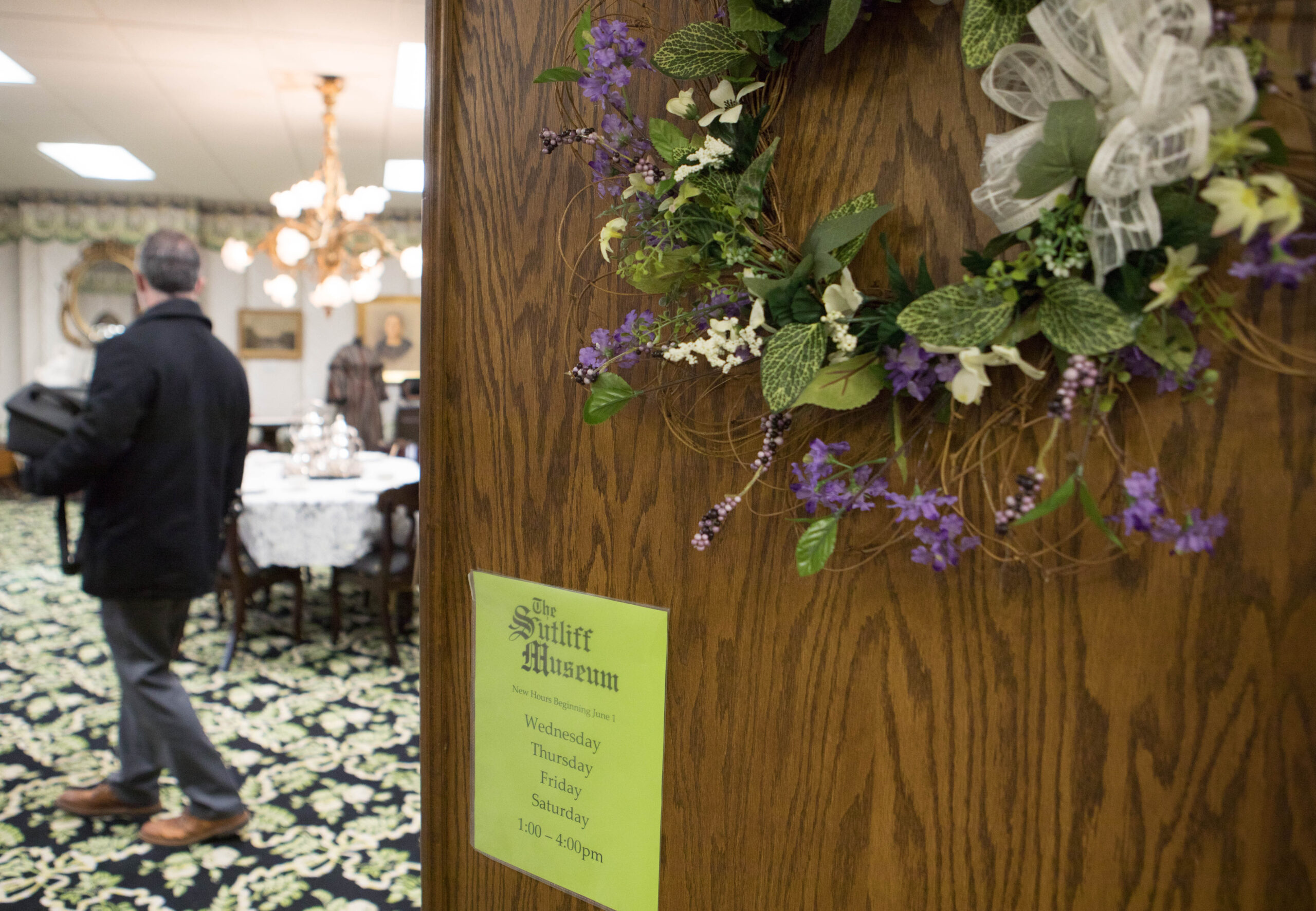
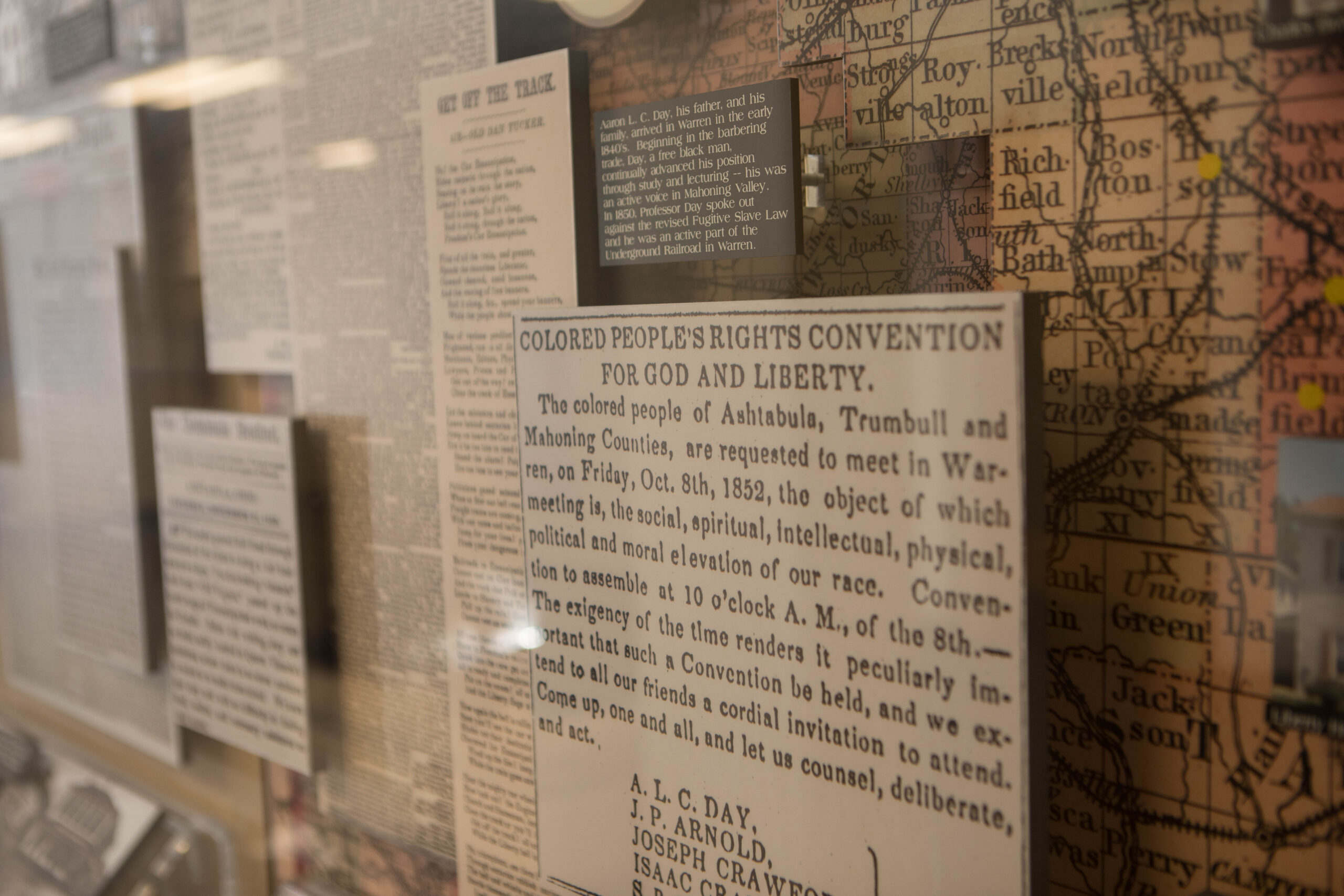
Nurturing Pathways to Freedom in Trumbull County
Also located on the 2nd floor of the library is The Nurturing Pathways to Freedom Exhibit. This exhibit provides a glimpse into the realities concerning local anti-slavery sentiments from the 1820s to the 1850s. On display are photographs, maps, and articles, along with original historic documents including correspondence from the Sutliff Family Letter Collection and a slave auction broadside.
The display has four sections:
- Anti-slavery sentiment
- Support of the abolition movement
- Travel on the Underground Railroad
- Escaping the evils of slavery
The Warren-Ashtabula Turnpike
Turnpikes were built in America in the late 1700s, as an efficient way to connect products to markets. Most at the time were dirt, mud, dust, and gravel, along with wagon ruts making travel difficult. The Warren-Ashtabula Turnpike was developed as a “Plank Road,” made of wooden planks to make traveling easier in rain and snow. The road today is known as Ohio State Route 45 or Mahoning Avenue.
The Warren-Ashtabula Turnpike allowed travelers to go from Warren to Lake Erie at a cost of one cent per mile with toll booths at various places along the route. Being one of the most direct routes to Canada at the time, the turnpike also was a significant route of the Underground Railroad. The route was known to have strong support from its abolitionist residents and neighbors who were not afraid to boldly stand and assist fugitive slaves with food, shelter, and safety in their quest for freedom.
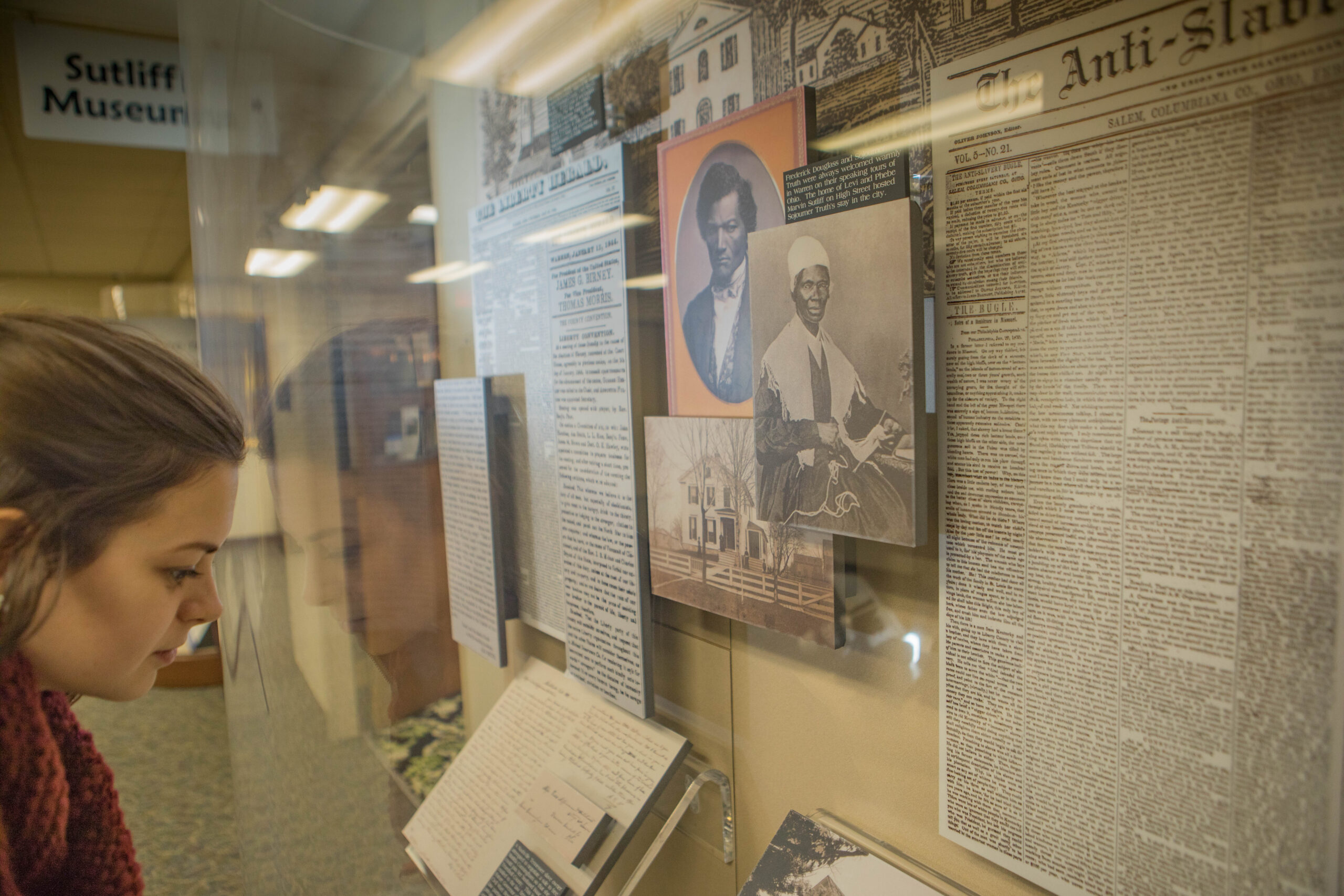
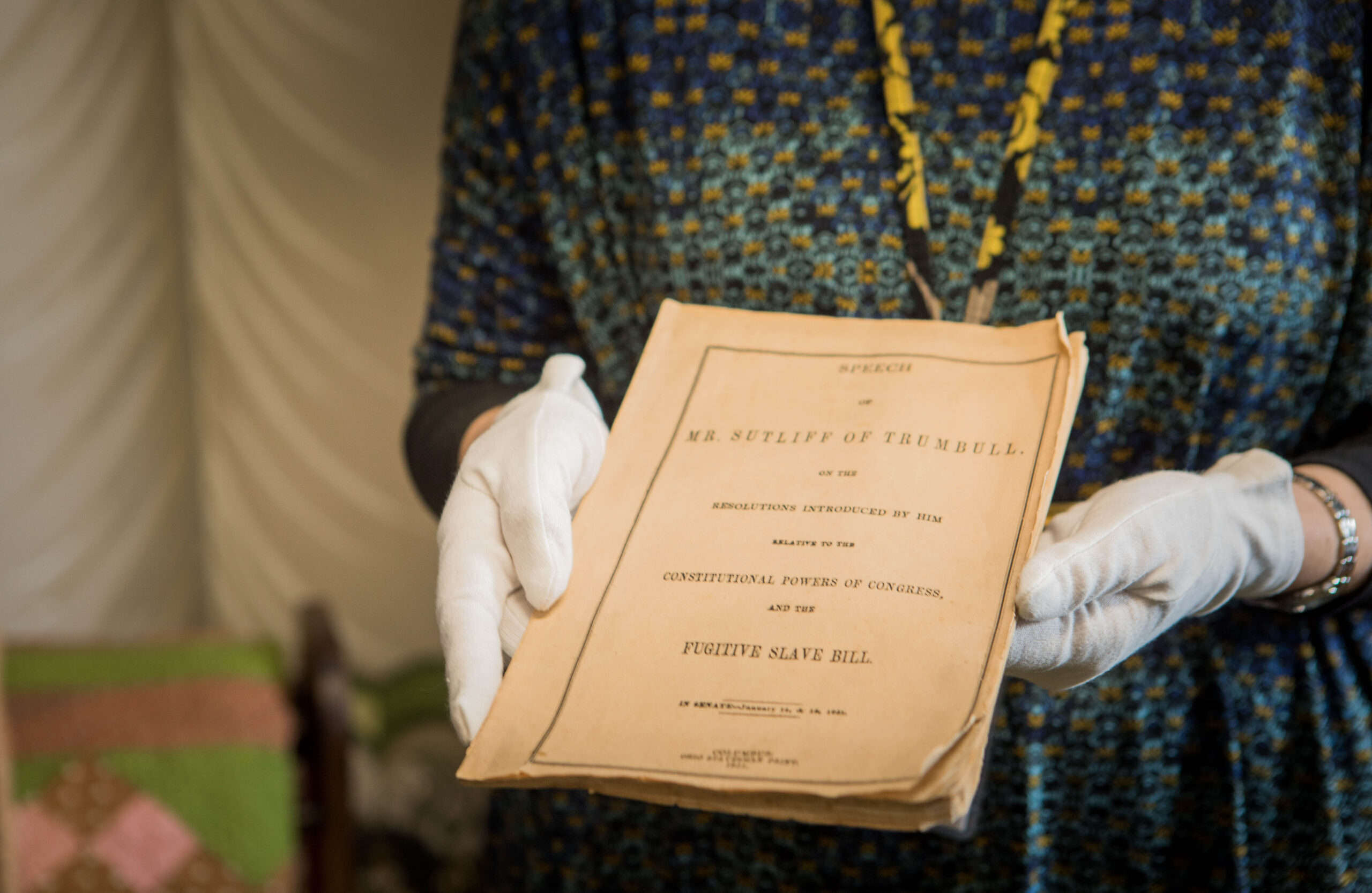
North Bloomfield
The anti-slavery sentiment was strong in all Trumbull County townships long before the beginning of the Civil War. Underground Railroad stations were prevalent throughout the county. Bloomfield Township was founded in 1815 and was an active stop on the Warren-Ashtabula Turnpike.
Today in North Bloomfield the Brownwood home and the Charles Brown Gothic Cottage are both listed on the National Register of Historic Places and also have significance to Trumbull County’s Underground Railroad story. The Brownwood home originally sat on 600 acres of land and had a rough camp in the adjoining woods providing a shelter and a hiding place for freedom seekers on the route.
The Gothic Cottage is said to have a slave cupboard, a hiding place, located behind a kitchen wall.
There are several documented stories of township leaders including the Brown families providing fugitives safety as “slave catchers” and slave owners pursued these runaways. These stories include locals delaying slave catchers in their pursuit by, not providing wake-up calls, removing horseshoes, and providing incorrect directions.
Who else was involved?
Acknowledging the significance of the Underground Railroad in Trumbull County and all those involved is difficult because assisting freedom-seekers was illegal and dangerous. Most “conductors” along these trails did not keep written documents of those who came through and which routes were taken.
For more information on the stories of the Underground Railroad and lecture series, you can contact the Sutliff Museum, the Warren Trumbull Public Library, or one of the historical society’s located here in Trumbull County.
Sutliff Museum
444 Mahoning Avenue NW
Second Floor / Warren, Ohio 44483
P: 330-395-6575
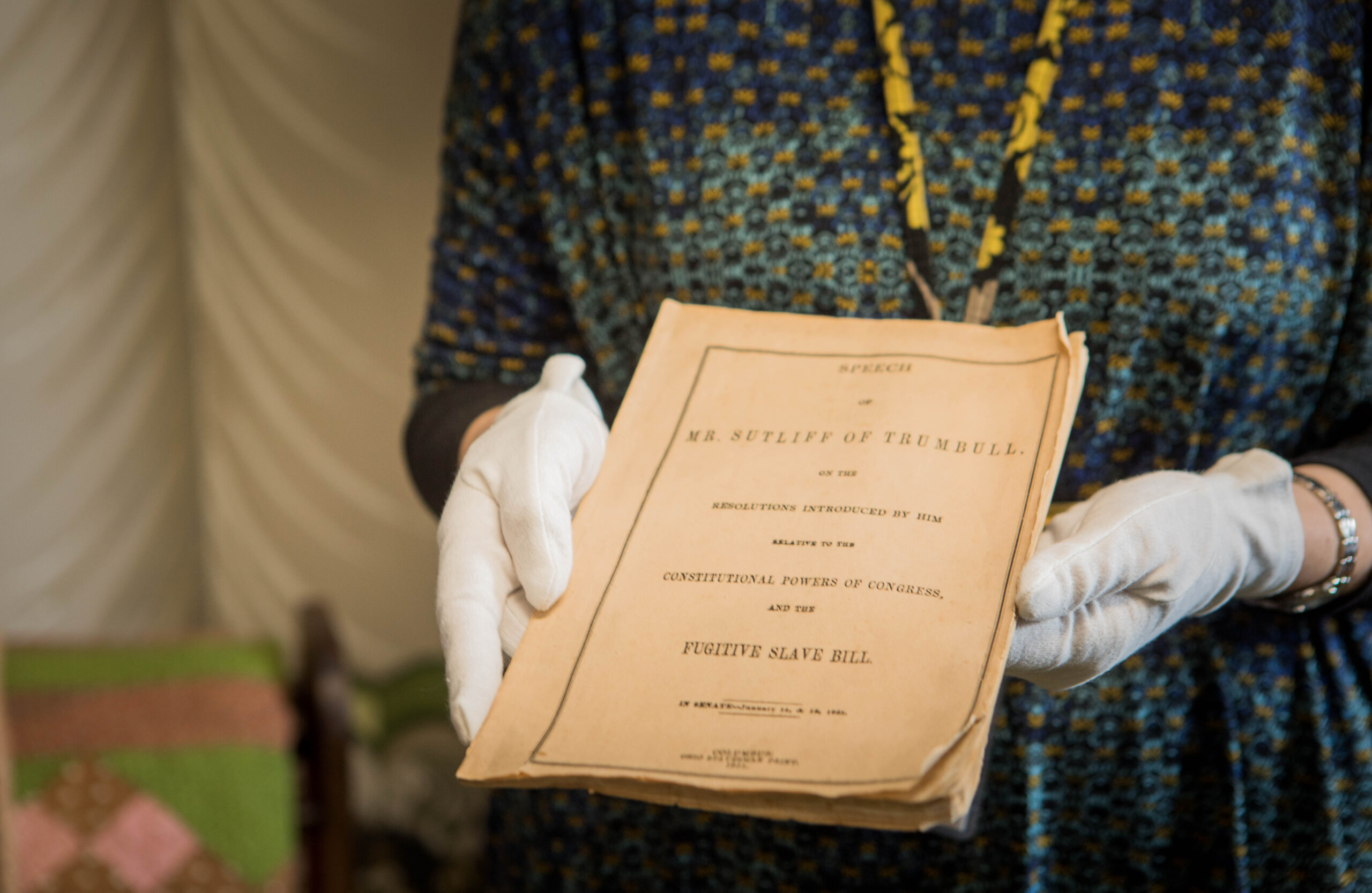 ">
">





